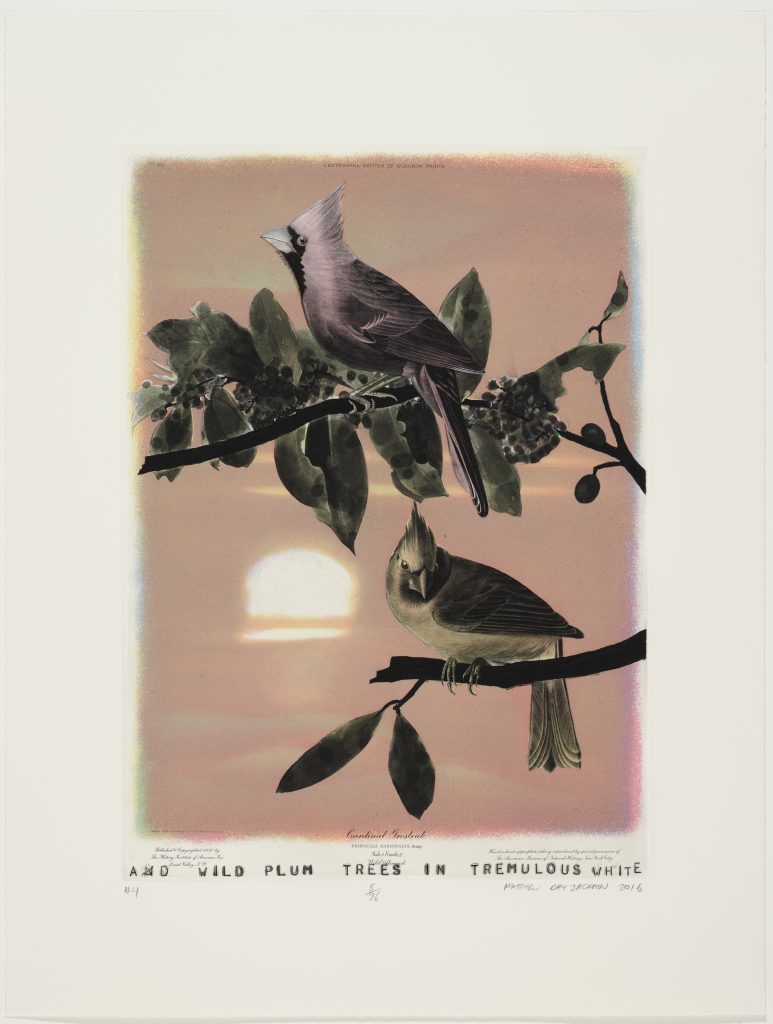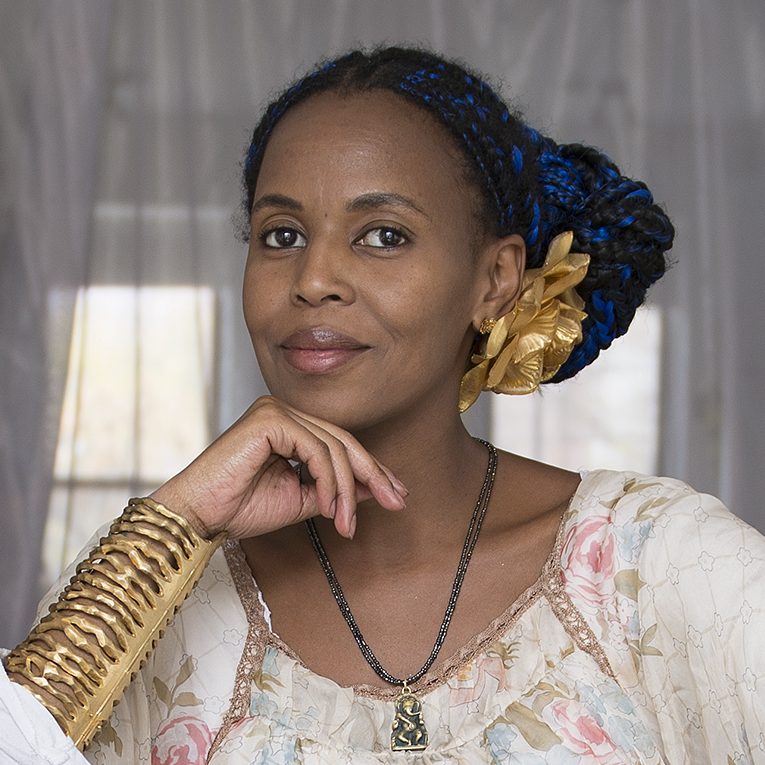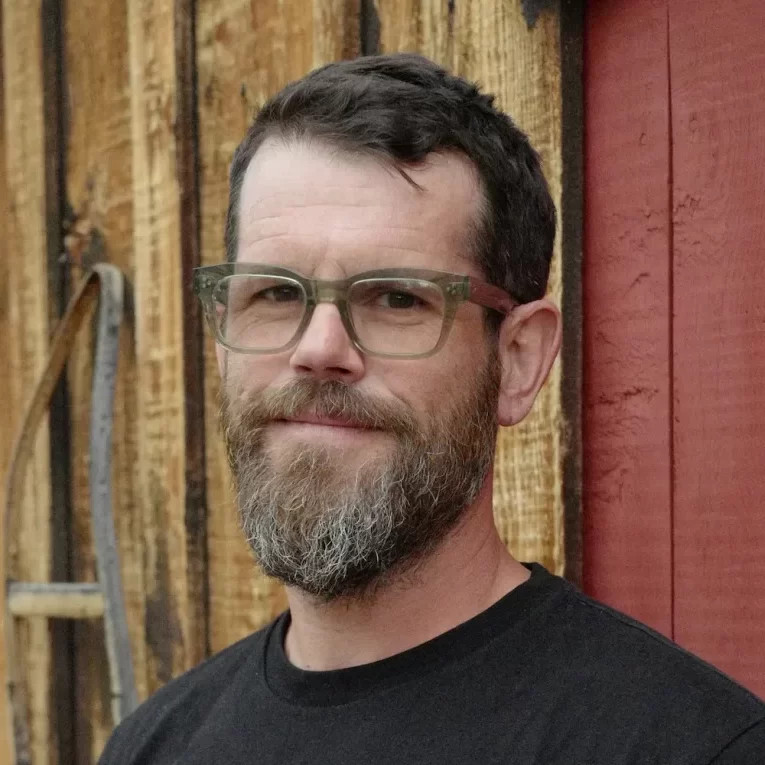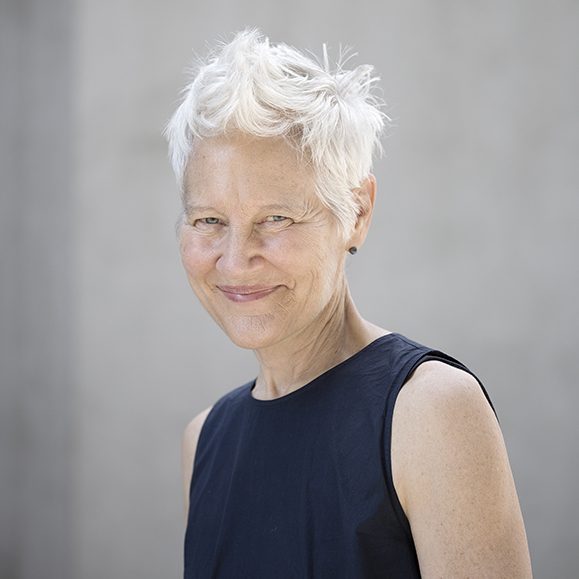Near, Far, Gone: From the Collections of Jordan D. Schnitzer and his Family Foundation
April 20, 2024 – September 8, 2024
Step into a world where art, nature and humanity intersect in the captivating new exhibition Near, Far, Gone: From the Collections of Jordan D. Schnitzer and his Family Foundation—opening at the High Desert Museum on April 20, 2024.
Featuring extraordinary works by Wangechi Mutu, Matthew Day Jackson, Ann Hamilton, and Kiki Smith, this showcase explores the intricate relationship between humans, wildlife and the environment. With each piece drawing inspiration from the natural world, these acclaimed artists delve deep into themes of symbolism, allegory and human-animal connections.
Through these 19 evocative works, visitors are prompted to contemplate the delicate balance of our coexistence with endangered, threatened and evolving animal species. As we witness these creatures transition nearer or farther from human influence, Near, Far, Gone ignites a poignant dialogue about the survival of diverse species and the sustainability of our shared planet.

Matthew Day Jackson
There Will Come Soft Rains #4, edition 8/36, 2015-2016
Collection of Jordan D. Schnitzer
Near, Far, Gone Featured Artists
Wangechi Mutu

Wangechi Mutu (b. 1972) is a Kenyan-born American artist recognized for her collage, sculpture, film and performance works. Mutu’s art explores complex relationships between gender identity, cultural trauma, global consumption and environmental destruction. Anchored in the Afrofuturism movement, her work reimagines colonial notions of beauty and power.
In 2023, the New Museum in New York featured a 115-piece retrospective of Wangechi Mutu’s work. Her art can also be found in the collections of the Museum of Modern Art, the Museum of Contemporary Art in Chicago, the Museum of Contemporary Art in Los Angeles and the Tate Modern in London.
Matthew Day Jackson

Matthew Day Jackson (b. 1974) is an American artist investigating a wide range of materials and processes, including sculpture, printmaking, photography and performance art. A major theme in his work focuses on the relationship between beauty and desolation, simultaneously exploring the extreme ends of humans’ relationship with nature. Jackson’s work draws influence from world events, literature and art history, often juxtaposing separated topics and visuals alongside one another.
In 2019, Matthew Day Jackson was awarded the Jordan Schnitzer Award for Excellence in Printmaking. His works have also been featured at the Portland Art Museum, the Whitney Museum of American Art, the Nevada Museum of Art in Reno and the Van Gogh Museum in Amsterdam.
Ann Hamilton

Ann Hamilton (b. 1956) is an American artist best known for site-specific, multimedia installations. An avid reader, Hamilton’s artworks often incorporate the act of reading in the literal sense but also invite viewers to read the space and objects themselves. Themes of change, decay and the passage of time can be observed in her works, as well as connections between place and identity.
An award-winning career spanning over four decades, Ann Hamilton’s work has been featured in exhibitions at the Venice Biennale, Art Institute of Chicago, the Solomon R. Guggenheim Museum and the Metropolitan Museum of Art in New York.
Kiki Smith

Kiki Smith (b. 1954) is a German-born American sculptor, installation artist and printmaker. The majority of her work is centered around the human body, exploring themes of mortality, birth and connection to nature. Smith’s work is highly regarded for addressing the roles of women and girls in politics and society, and she is often credited as a figurehead in the contemporary feminist art.
In addition to major museum exhibitions worldwide, Smith is an adjunct professor at New York University and Columbia University. TIME Magazine recognized her as one of the “TIME 100: The People Who Shape Our World.” She also received the U.S. Department of State’s Medal of Arts, conferred by Hillary Clinton, and the International Sculpture Center’s Lifetime Achievement Award, among others.
Made possible by

With support from


